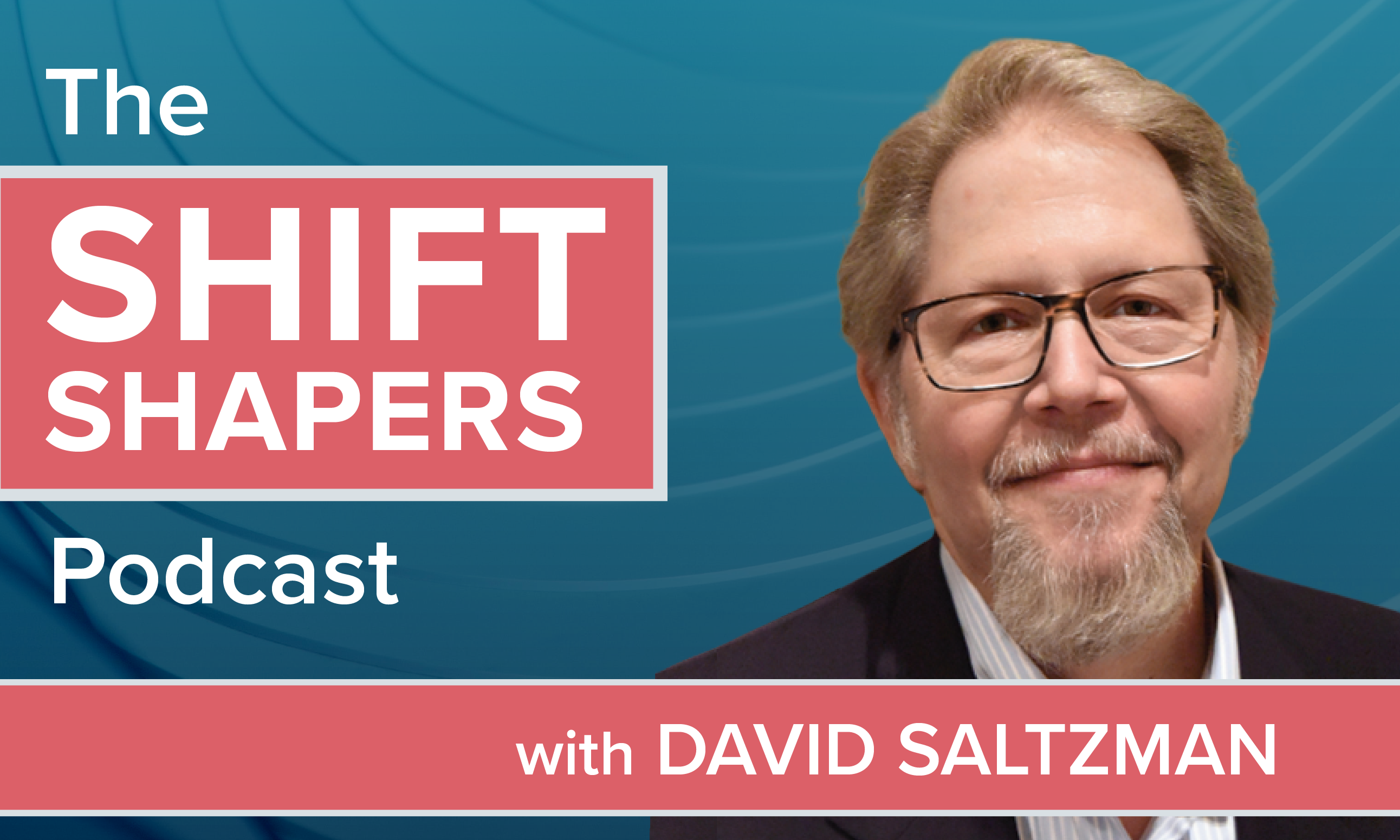Last year was marked by uncertainty and change within the healthcare benefits space. It was also characterized by an influx of newtechnologies and shifts in consumer attitudes towards health carespending and saving. As of a result of these industry and ecosystemchanges, as well our ongoing conversations with clients, partnersand industry influencers, we have identified five trends forconsumer-driven health care (CDH) that are sureto be at the forefront of the conversation in 2018:
|1. Consumers will place greateremphasis on prioritizing health care savings
|Much of the work over the previous decade-plus among health carebenefits stakeholders has been focused on increasing consumerfluency regarding the benefits of CDH accounts, as well asincreasing engagement, optimization and use of those accounts. Thefruits of those labors are sure to pay off in 2018.
|Although the 2017 Alegeus Healthcare Consumerism Index shows an upward trendfor consumers taking a greater interest in health care spending andsaving, progress is not keeping pace with the rate at whichemployers are shifting to high-deductible health plans (HDHPs) andother CDH products. Out of necessity, fluency will continue toincrease this year. For example, our Index reveals that consumersare already beginning to demonstrate higher proficiency inunderstanding the differences between health savings accounts(HSAs) and flexible spending accounts (FSAs).
|The continued shift to HDHPs means a greater number of consumerswill accept that they are responsible for a larger percentage oftheir health care costs—and they’ll begin to give equal importanceto health care savings as they do with retirement savings.
|2. The prevalence of digitaltechnologies will boost health care engagement
|While 2017 saw the increased prevalence of virtual assistanttechnology in health care, we expect to see increased adoption ofartificial intelligence (AI) in 2018. Theincreasing integration of AI into self-service voice response willadd value by leveraging machine learning and predictive analyticscapabilities.
|The greater sophistication of AI chatbots means rather thansimply receiving direct, one-dimensional answers to queries,consumers will increasingly receive personalized guidance andrecommendations at the time and place of their choosing. Thisfacilitates industry efforts to improve engagement and increasefluency about spending and saving decisions.
|Also expect to see increased integration of wearables intowellness incentive programs, as CDH stakeholders seek to providemore actionable information to consumers in real-time.
|3. Health care affordability willdrive industry consolidation and forceinnovation
|Continued mergers, such as that of Aetna and CVS, will create aconvergence of funding, delivery and coverage that is sure toresult in unprecedented integration and simplification within thehealth care industry.
|Better technology and more ways to buy will bring about newsupport capabilities, a broader cost structure and a greater numberof care delivery options, as well as provide consumers with betteraccess to decision-making information with the goal of drivingcosts down and quality up.
|In fact, Amazon, Berkshire Hathaway and JPMorgan Chase havealready announced an early-stage partnership to rethink how health careis delivered to their more than one million combined employees.Citing out-of-control costs and the three companies’ penchant forleveraging data and technology, the announcement sent shockwavesthrough traditional insurer and health plan stocks, as the industryawaits the potential for as-of-yet unknown disruption.
|4. Health care will take its cuefrom leading companies focused on customer experience
|As consumer expectations for convenience and a seamlessexperience continue to be set by leading companies like Amazon, itwill be essential for existing health care industry players toimprove their service delivery models to embrace automated onlineand mobile experiences. New, non-traditional entrants (suchas the partnership between Amazon, Berkshire Hathaway and JPMorganChase) will continue to swoop in to disrupt current legacy playersthat don’t step up to the challenge.
|Consumers who embrace self-service convenience can expect to seesuch innovations play out in home care, for example, by empoweringthem to order diagnostic tests online, have it shipped to theirhome, perform the test themselves, and then submit the resultsonline for diagnosis, finally receiving an email with the resultsand a prescription for treatment. In addition to improving theconvenience of diagnosis and treatment, such innovations willinherently help decrease costs and improving efficiencysystem-wide.
|Companies like Amazon, which has already indicated its entryinto the health care delivery fray — even if only initially toserve its own employees — will leverage their core technological,service delivery and data analytics capabilities to bypasstraditional industry players.
|5. Affordability will remain aprimary focus
|The imperative for greater innovation and efficiencies willbring increased adoption of high-deductible health plans, theexpansion of HSAs, increased consumer demand for transparency andexpanded incentive programs.
|Governments, employers and individuals are all struggling tofind the balance between quality outcomes and the best price. Thedemand to reduce costs, deliver quality care and improvetransparency within the health care system will forcesimplification and innovation, with a push to find new ways todeliver and pay for health care. As a result, innovation thatdrives affordability will be a focus for all in 2018, regardless ofthe how an individual receives coverage.
|As industry stakeholders, we understand the end game ofconsumer-directed health care: educated, engaged and empoweredconsumers, lower costs system-wide and improved health outcomes.This year will present the movement — and the industry — withunprecedented opportunities as swaying politics, technologicalinnovations and shifting market forces combine to create a healthcare ecosystem optimized by CDH.
|Steve Auerbach is the Chief Executive Officer at Alegeus anda member of its Board of Directors. Steve brings over 25 years ofexperience in healthcare benefits, including roles as President ofConnextions and senior leadership positions with UnitedHealthGroup, ChannelPoint and Cigna. With a singular focus on makingcustomers successful, Steve has a proven track record of drivingorganizational growth by offering differentiated value, providingexcellent customer service, and creating outstanding consumerexperiences.
Complete your profile to continue reading and get FREE access to BenefitsPRO, part of your ALM digital membership.
Your access to unlimited BenefitsPRO content isn’t changing.
Once you are an ALM digital member, you’ll receive:
- Critical BenefitsPRO information including cutting edge post-reform success strategies, access to educational webcasts and videos, resources from industry leaders, and informative Newsletters.
- Exclusive discounts on ALM, BenefitsPRO magazine and BenefitsPRO.com events
- Access to other award-winning ALM websites including ThinkAdvisor.com and Law.com
Already have an account? Sign In
© 2024 ALM Global, LLC, All Rights Reserved. Request academic re-use from www.copyright.com. All other uses, submit a request to [email protected]. For more information visit Asset & Logo Licensing.







